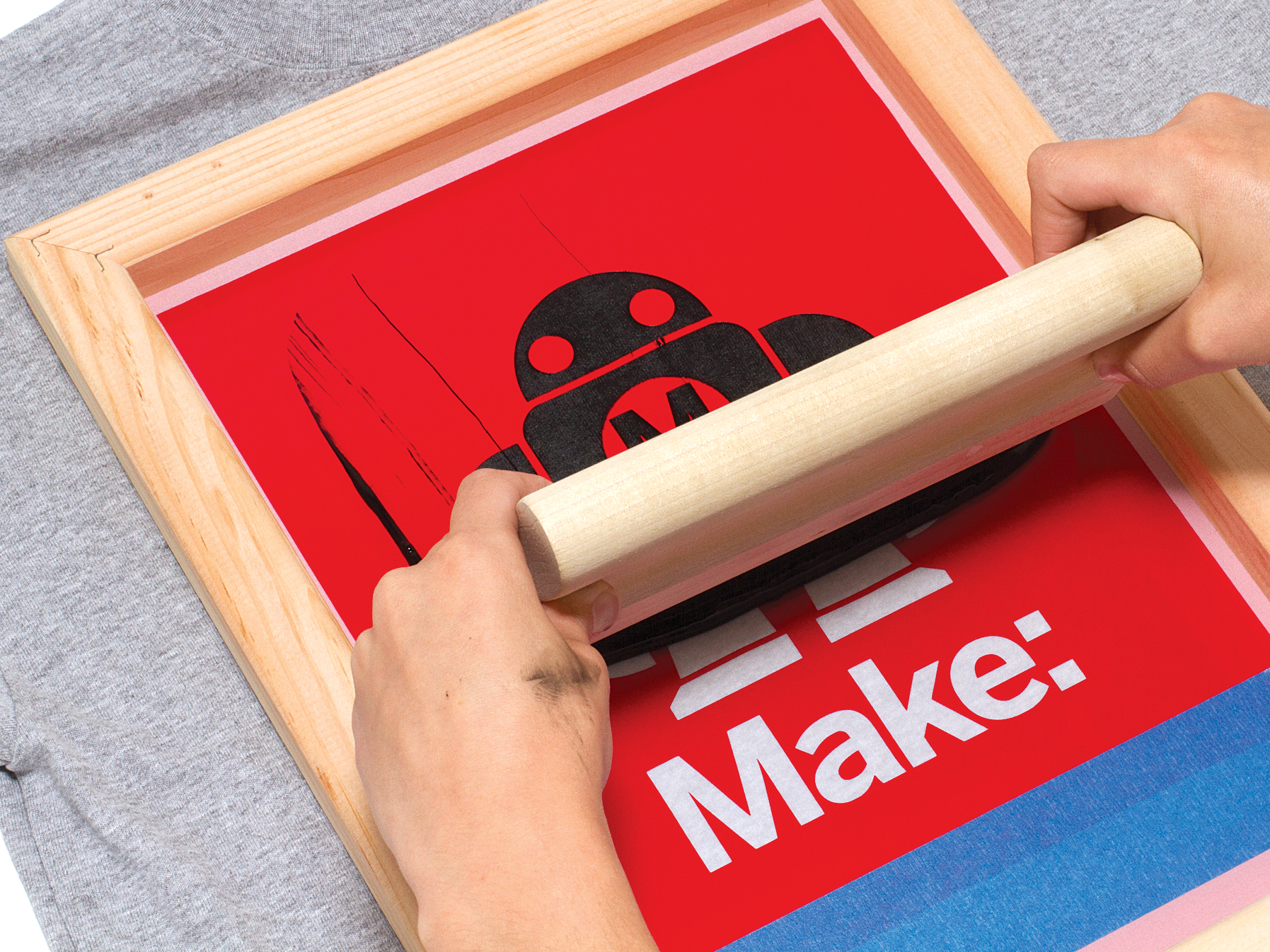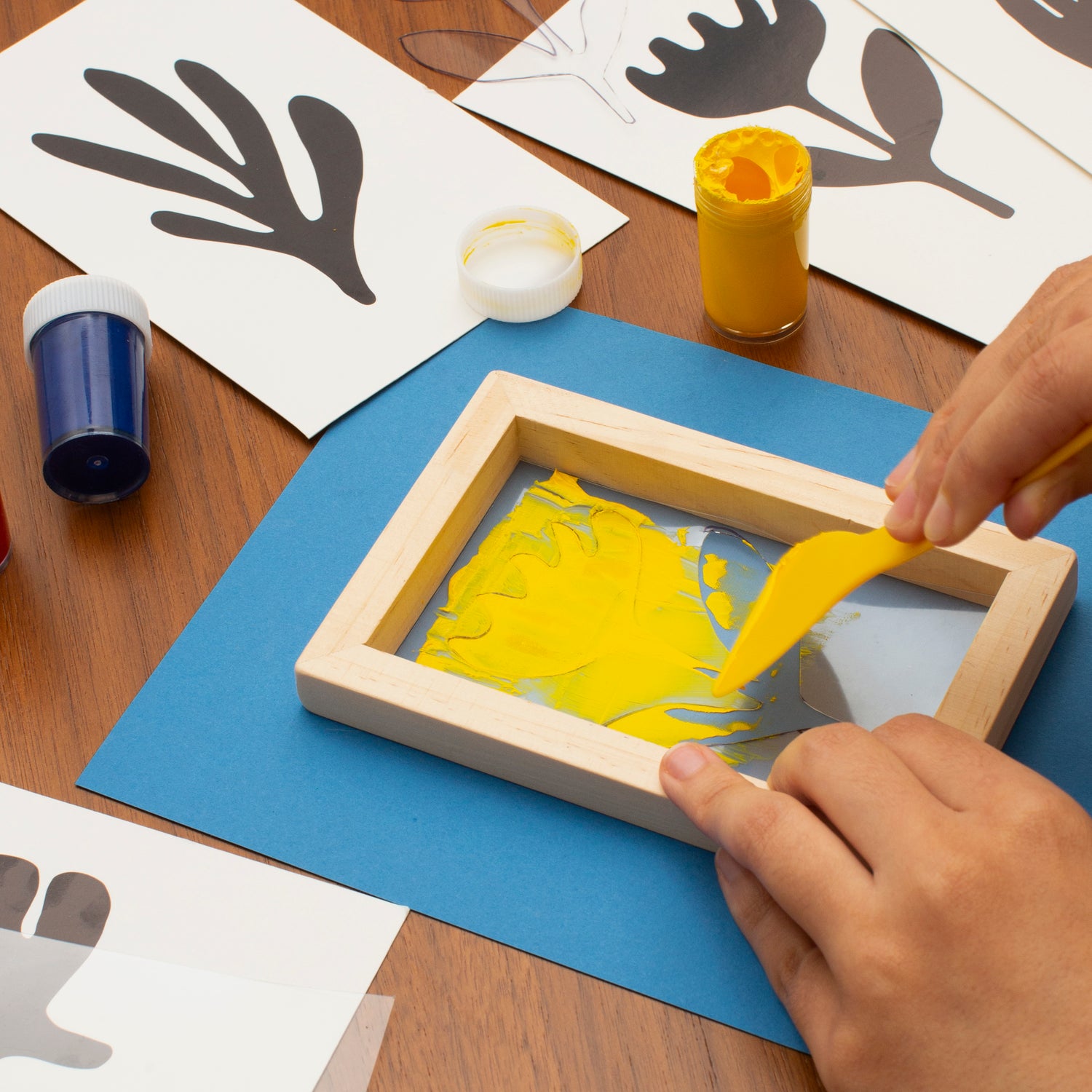ChatGPT said: How to customize your apparel with 10:9 Design Screen Printing in 3 easy steps
The Vital Guide to Recognizing Screen Printing and Its Versatile Utilizes
Screen printing has a rich background that dates back to ancient times, advancing right into a sophisticated strategy made use of throughout different industries today. This overview explores the intricacies of the screen printing procedure, detailing its applications in fashion, home, and advertising and marketing style - 10:9 Design Screen Printing Texas. Recognizing these basics can open creative capacity for both imaginative and commercial tasks. The adhering to sections will expose essential ideas and strategies to enhance one's screen printing ventures
The Background of Screen Printing
Screen printing has roots that trace back centuries, its evolution shows the artistic and technological developments of different societies. Coming from in ancient China, the method was at first used for embellishing fabrics and later spread to Japan, where it came to be indispensable to Ukiyo-e woodblock printing. The approach moved to Europe in the 18th century, where it gained popularity among artisans and commercial printers. The development of photo solution in the 20th century revolutionized screen printing, enabling even more detailed designs and greater effectiveness. Artists like Andy Warhol further moved its appeal, using the tool to produce famous works that mixed commercialism and art. By the late 20th century, screen printing had developed itself as a flexible method, employed in fashion, advertising, and great art. Today, it continues to evolve, incorporating digital technology and increasing its applications across various sectors.
The Screen Printing Process Explained
Screen printing changes creative visions into substantial styles through a collection of precise steps. At first, a photo is produced and then moved onto a screen, usually made of great mesh material extended over a framework. A light-sensitive solution is applied to the screen, which is subjected to light, hardening in areas not covered by the photo. After washing out the unhardened solution, a stencil is created.
Next off, the screen is put over the substratum, whether it be fabric, paper, or one more product. Ink is then pressed through the open areas of the pattern using a squeegee, depositing the design onto the substratum below. This procedure can be repeated for several shades, calling for separate displays for every shade. Finally, the published thing is cured making use of heat to ensure the ink adheres appropriately, resulting in a resilient, lively layout ready for usage.
Kinds Of Screen Printing Techniques

Additionally, specialty methods, such as discharge screen printing, eliminate dye from the material to produce softer prints, while foil screen printing applies metallic foil to achieve a shiny finish (10:9 Design Abilene). Each method uses unique features, accommodating numerous imaginative requirements and production scales, ultimately increasing the opportunities within the screen printing domain name
Applications of Screen Printing in Different Industries

Furthermore, the signs and advertising fields utilize screen printing for producing attractive screens and banners. This approach permits vibrant colors and detailed styles that record attention. In electronic devices, screen printing is employed for applying conductive inks to motherboard, necessary for component links. In addition, the home decoration sector embraces screen printing to create distinctive styles on fabrics and wall surface art. On the whole, screen printing works as an important device throughout diverse fields, improving items with individualized and aesthetically appealing graphics.
Tips for Successful Screen Printing Projects
While carrying out a screen printing task, mindful focus to detail can considerably enhance the final end result. Choosing high-grade materials is vital; this consists of the screen, inks, and substratums. Making use of proper mesh counts can influence ink deposition and information resolution. Prep work is just as essential; comprehensive cleaning of screens and appropriate exposure times guarantee crisp prints.
Next off, accurate enrollment is vital for multi-color prints. Utilizing placement devices can assist accomplish exact layering. Additionally, testing prints on scrap products prior to manufacturing helps determine possible issues without wasting resources.

Frequently Asked Inquiries
What Products Are Best for Screen Printing on Fabric?
Cotton and polyester blends are ideal for screen printing on fabric due to their longevity and ink absorption. In addition, specialty fabrics like silk or canvas can generate special textures and coatings, boosting the my explanation overall layout high quality.
How Do I Tidy and Maintain Screen Printing Devices?
To clean and preserve screen printing equipment, one need to regularly clean displays with proper solvents, evaluate mops for wear, oil moving parts, and shop all items in a completely dry, dust-free environment to lengthen their lifespan.
What Are the Environmental Impacts of Screen Printing?
Screen printing can have significant ecological effects, including chemical waste from solvents and inks, water use during cleansing processes, and energy intake. Sustainable methods and environmentally friendly products are essential for decreasing these unfavorable effects.
Can Screen Printing Be Done in your home Properly?
Screen printing can be efficiently done at home with the ideal products and strategies. Enthusiasts can create high quality prints, though success depends upon their ability degree, tools, and understanding of the procedure involved.
What Are the Expenses Linked With Beginning a Display Printing Business?

Starting a screen printing business involves prices for tools, products, and office. Preliminary expenses generally range from a couple of hundred to a number of thousand bucks, depending upon the scale, top quality of equipment, and preferred production capacity.
Screen printing has an abundant background that dates back to ancient times, evolving right into an innovative method used throughout numerous markets today. Another technique, rotating screen printing, utilizes cylindrical displays, assisting in continual printing on fabric rolls, thereby improving performance for large-scale manufacturings. Furthermore, specialty strategies, such as discharge screen printing, eliminate dye from the textile to produce softer prints, while aluminum foil screen printing applies metal foil to attain a shiny surface. In the fashion sector, screen printing is commonly used to produce dynamic layouts on apparel, making it possible for brands to display their unique designs. Cotton and polyester blends are perfect for screen printing on textile due to their sturdiness and ink metal sign printing absorption.